Genogram & Eco-map
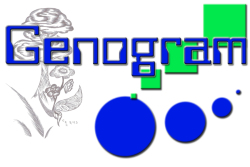
A genogram is more commonly known as a family tree. Genograms tend to be more specific and detailed in information then common family trees. They focus on looking at specific traits, characteristics, and behaviors that go through generations of a specific family. For example, they often trace cancer, longevity of marital relationships, or alcoholism in the family’s history.
This history is that is described in a genogram is different for each individual or family. Genograms contribute to the concept of dealing with the person in the context of their environment. Even looking introspectively at my own life I can see some of the ways my family history has influenced me. Along with describing family relationships, I have also looked at a few other aspects of my family history (see “Figure #1); first is family members who are involved in social services (generally social work type jobs), then cancer, and finally alcoholism.
Figure 1
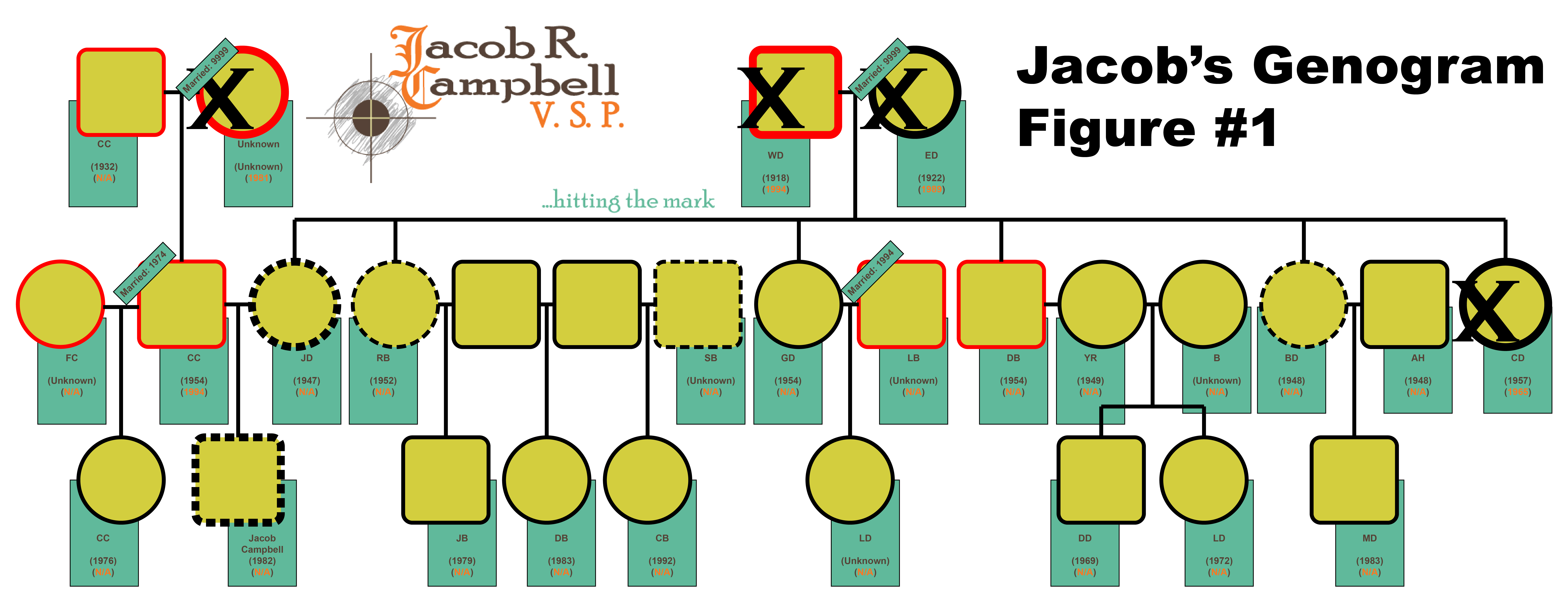 Figure 1 is a graphic I created in Adobe Illustrator (different from the the version in the original article). It displays an genogram of Jacob Campbell’s family for his article onGenogram & Eco-map. It examines whether family members name, birth date, date of death (if applicable), year married, alcoholism, cancer, and work in social services.
Figure 1 is a graphic I created in Adobe Illustrator (different from the the version in the original article). It displays an genogram of Jacob Campbell’s family for his article onGenogram & Eco-map. It examines whether family members name, birth date, date of death (if applicable), year married, alcoholism, cancer, and work in social services.
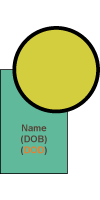
Female
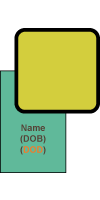
Male
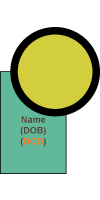
Female with History of Cancer
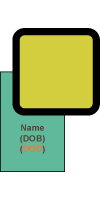
Male with History of Cancer

Female with History of Alcoholism
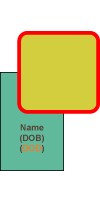
Male with History of Alcoholism
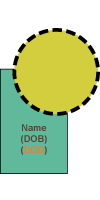
Female with History of Social Service Work
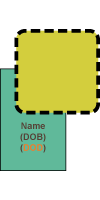
Male with History of Social Work
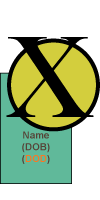
Female who is Dead
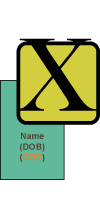
Male who is Dead
Many traditional cultures used the concept of apprenticeship, having the child participate in the family trade. This even happens in modern times, most of the time not by design. My family would be an example of that family career happening not by design. My mom has had many social worker professions (she has a BA of Applied Behavioral Psychology). Growing up, she was a clinical counselor, branch director of a social service agency, case manager, and started a couple of community programs. My aunts on that side have all either been employed in social services or done that in their private life. Roxanne Brown is currently working as a clinical counselor and case manager for County Corrections in Tacoma Washington. My aunt Barbra Dirks works for a non-social service business, but has done numerous advocacy programs involving gay rights, and is a member of the national board of NOW (National Organization for Women). This is true of all my aunts on my mom’s side. It would be interesting to take a deep look at what family circumstances might have contributed to this phenomenon.
In America and around the world people are living longer lives. With increased life span, cancer has become a relevant and fearful factor in people’s lives. Cancer has a highly hereditary correlation that makes mapping it out in a genogram a valuable characteristic to chart when working with clients. My own family has a rich history of cancer. This fact can be even more drastically seen when the breadth of view is increased to my grandparent’s brothers and sisters and their family lines.
Many problematic behaviors tend to be passed on through generations, and some are even corollary thought to be hereditary. Alcoholism and other addictive behaviors are often seen running through family histories. My family history shows it to be a relevant topic. Due to family conflicts on my dads side of the family, I have limited information. After my dad’s death, his father was very unwilling to communicate with me and my mom. In the seventh grade I had an assignment to create a family tree. When I called him to hear my family history, he told me to “never fucking call him again.” My mom wrote him a letter recently seeing if he was ready to re-open the lines of communication, but there is no real way of know what will come of this. From talking to my mom, it sounds like there might even be more alcoholism on that side of the family then is apparent on the chart.
Eco-maps
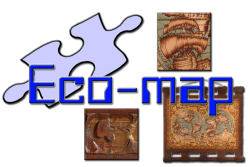
Genograms help in arriving at a clearer picture of PIE (Person In the Environment) in regards to self-evaluation or with a client. In contrast to a genograms picture to an eco-map, it could be compared to the difference between looking at Michelangelo’s “Creation of Adam,” verses the entire ceiling at Sistine Chapel. Genograms look at one aspect of the different systems that are described in an eco-map. I created an eco-map for both my own life1 (see Figure #2), and for the family in the movie In America (2002) (see Figure #3). In both of these examples, I chose to graphically represent the systems involved in my / their lives as pieces to a puzzle. This is especially appropriate as a metaphor showing that each of these systems make up a piece of the puzzle of each of our lives. The interaction between these systems is dynamic. In these dynamic interactions some of the systems act as inputs, outputs or even as a two-way interaction. Some of these interactions require more energy, often targeted as stressful relationships.
Figure 2
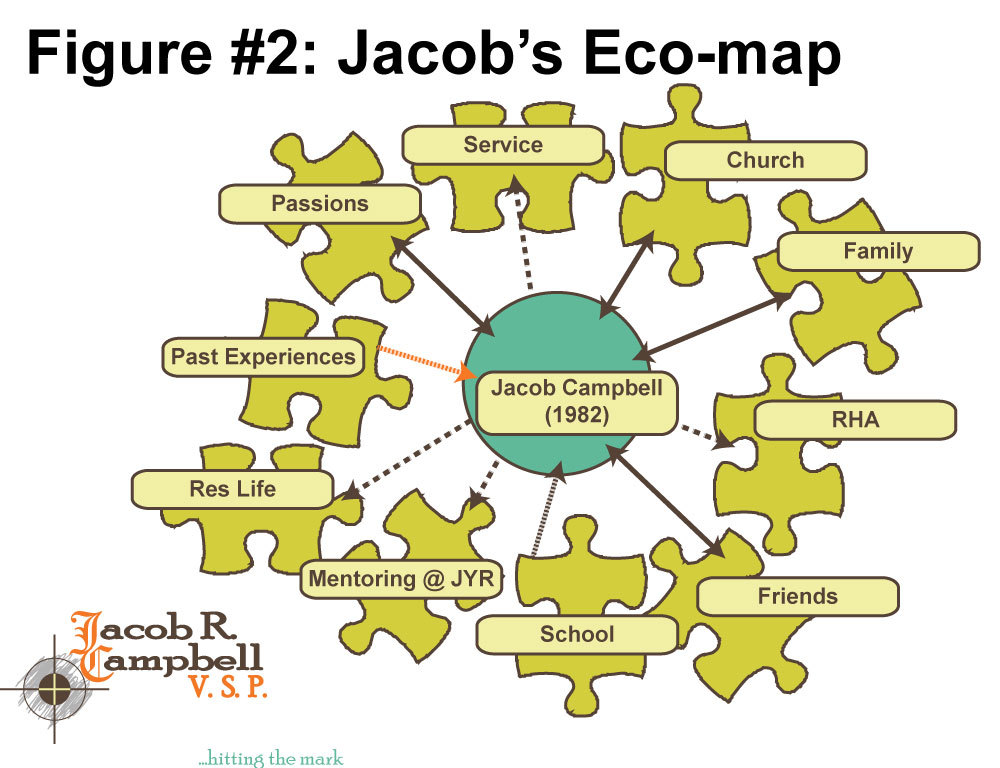 Figure 2 is a graphic I created in Adobe Illustrator (different the the version in the original article). It displays an eco-map of Jacob Campbell’s life for his article on Genogram & Eco-map1.
Figure 2 is a graphic I created in Adobe Illustrator (different the the version in the original article). It displays an eco-map of Jacob Campbell’s life for his article on Genogram & Eco-map1.

Dual Influence
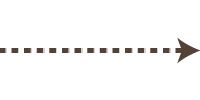
Influence to Individual

Stressful Influence
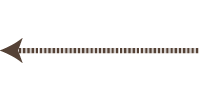
Influence to System
Figure 3
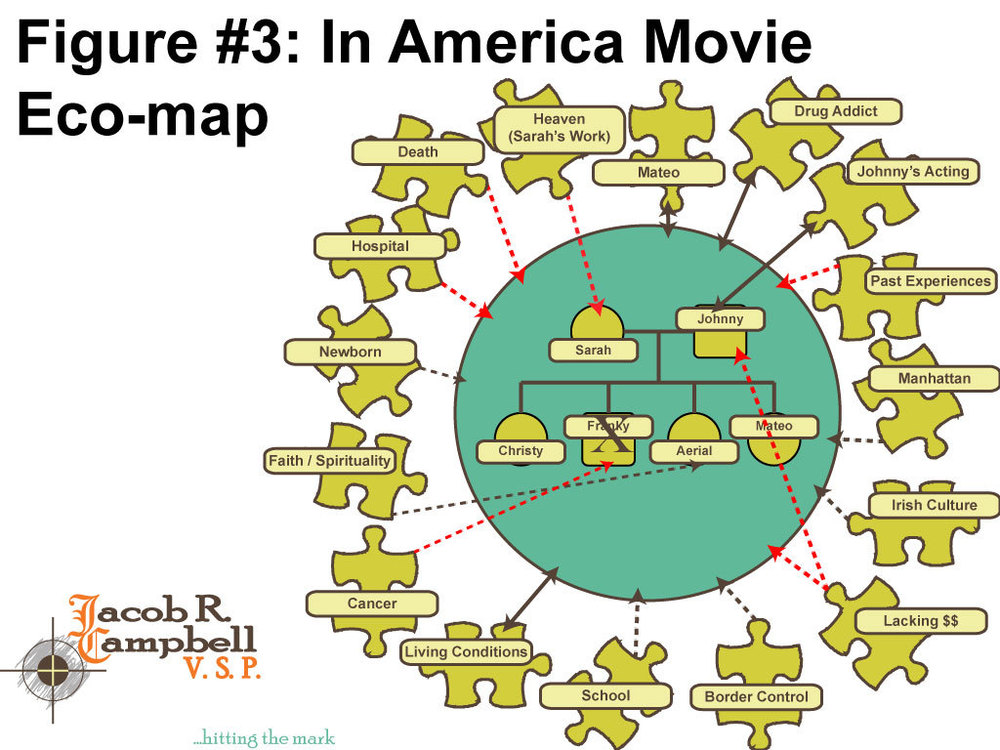 Figure 3 is a graphic I created in Adobe Illustrator (different the the version in the original article). It displays an eco-map of the family portrayed through the In America (2002) film for an article on Genogram & Eco-map.
Figure 3 is a graphic I created in Adobe Illustrator (different the the version in the original article). It displays an eco-map of the family portrayed through the In America (2002) film for an article on Genogram & Eco-map.

Dual Influence

Influence to the Individual

Stressful Influence

Influence to the System

Female

Male

Male Dead

Female Dead
The movie, In America, gives a powerful portrayal of the effect of difficult circumstances that often take place in our lives. Using an eco-map can clearly shows some of the relationships of different systems in the client’s life. In the movies example, we the client would likely be either Sarah or Johnny. Social workers work with their clients in a variety of roles. Using an eco-map can help the client see areas that they have power over, and areas of strength. Along with looking at areas’ of strength, we can more clearly see some of the areas with circumstances that need intervention. When we take the time to really work out a complete eco-map and utilize the tools we have, it can be a very productive experience for our clients.
Using the movie as a case study, and choosing Sarah as our prospective client, we see at least four roles a social worker can play. Firstly, they act as a facilitator. When a social worker starts to work with a client, they are not familiar with all of the client’s circumstances. Acting as a facilitator allows both the social worker and the client to process the various systems at play. Secondly, the social worker can act as a counselor. Counseling in regards to an eco-map might include talking though different issues regarding the systems that the client is involved in. This working though, includes using the Generalist Intervention Model (GIM), and helping the client find solutions to some of their issues. In Sarah’s case, an issue that has effect on the entire family is their poverty. This seems to have a particularly negative (weighty) effect on Johnny. As a counselor, the social worker might look to decrease the families spending, increase their income. Thirdly, a social worker can act as a broker. Being a broker focus’s on linking the client with resources. Utilizing the previous example of poverty, the social worker could connect Sarah’s with a financial expert, if they did not have the necessary skills to most effectively help her. Fourthly, the social worker can act as a mediator. The role of a mediator is one of being a go in-between for the client and other systems (micro, mezzo and macro). In Sarah’s case, the social worker could talk with the hospital (mezzo level) and try to work out some kind of reduced payment and a payment plan.
Maximizing these and other roles that a social worker fulfills should be done using the strengths perspective. The beauty of the strengths perspective is that every individual or family has strengths that can be focused on, no matter what the situation looks like. In his article Strengths Model Diagnosis, Morley Gilicken describes 40 different strengths that a social worker can look at. This is not, a exhaustive list of strengths, and leaves the social worker without the ability deny any applicable strength to an individual or family. Sarah’s family has a number of different strengths;
- Family strength. In all of the family’s difficulties they always draw closer to each other. This ability is what seems to pull them though many of their various circumstances.
- Creativity. They showed creativity in turning a poverty stricken, run-down, low class, junky filled apartment into a warm and happy place for their family. Creativity was also shown in the Halloween costumes for Christy and Ariel.
- Social responsibility. Johnny gives to a poorer tenant (also a drug addict), even when he and his family have a limited amount themselves. They also reach out to people in their apartment, such as Mateo.
- Financial intelligence. Sarah and Johnny make ends meet on a very constrictive budget (where a small amount of change is a important).
- Fun. Johnny plays “Fee, Fie, Foe, Fum…” with his daughters, and there are always a lot of smiles around their house.
Sarah’s family displays many more strengths then those listed here, but this already shows an encouraging picture of a family with many out-side pressures.
Individual’s culture is often noted as a strength. In regards to Sarah’s family, their culture could both be a strength or a deficit. Sarah’s family draws a lot on the Irish culture, and it is very important to them. Much like Sarah’s family, many people find their culture important. Social workers should attempt to always be culturally sensitive. This could include talking about disbelief in magical beings, because some Irish people believe in these sorts of things.
As mentioned the Irish culture can be a strength, and also somewhat of a weakness. It is vital to look at strengths of clients, but we also must be realists and see the deficits. Social workers encourage the clients to increase their strengths and to decrease their deficits. The point at which the social worker helps the client past one of their deficits, is the point of intervention. A social worker might intervene with Sarah’s life in a number of different areas. Firstly the social worker could act as an educator and teach them some new skills in regards to managing their finances. Secondly the social worker could act as a broker and connect them to different services, such as TANIF or food stamps. Thirdly the social worker could act as a counselor and explore the death of Frankie or Mateo. Fourthly we could act as a mediator and work on the payment issue with the hospital, trying to advocate for financial assistance. Fifthly we could act as an advocate and work with the city on Sarah’s family’s housing situation. Self-determination is a major concept of in social work. The work that is done with the client is completely based on the client’s willingness to change. If they do not desire change, then they will not change.
In the case that Sarah and her family desires to change, a social worker could work with them and bring about change. Using the tool of an eco-map, could be very helpful to the client. It allows them to clearly see their situation, to have clear goals to work towards, to see the strengths that their family has, and the areas that they need to work.
Notes
1.) In working on this assignment I found it helpful to look at my own life systems before attempting to describe Sarah’s families. I am including it with the assignment because it took time and effort, but it will not be discussed further because it is not a formal section of the assignment.